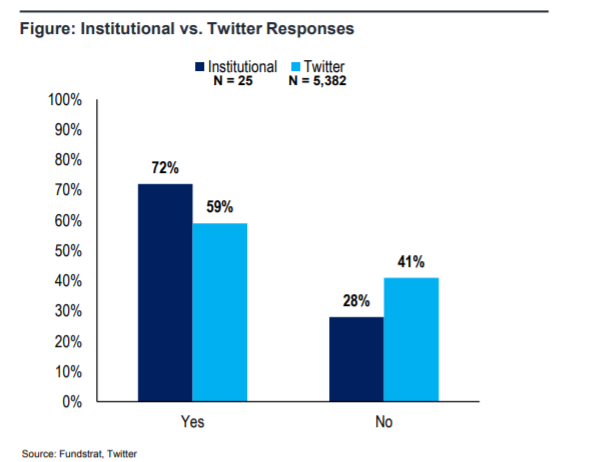Nordea Bank, the largest financial group in the Nordic countries, which banned Bitcoin in January, has been caught in a major money laundering scandal for allegedly receiving dirty money from two banks in the Baltics.
Yle, a state-owned publication in Finland with over 3,500 employees, reported that finance authorities in Sweden received a report with evidence to support money laundering allegations against Nordea Bank.
“We are aware of the report, and at Nordea we work closely with the relevant authorities in the countries in which we operate, including the Nordic Financial Intelligence Units,” Nordea said.
Irony
Nine months ago, Nordea Bank strictly prohibited its employees from buying and trading cryptocurrencies like Bitcoin due to its unregulated nature.
Afroditi Kellberg, a spokeswoman for Nordea Bank AB, said:
“It is widespread practice across the banking industry to restrict the personal account dealing of staff to prevent them taking positions in speculative investments, or which might expose them to a risk of financial loss and therefore impact their financial standing. Nordea therefore, like all banks, has the right to set out policies in this area that apply to its staff.”
By referencing the lack of regulations in the space of cryptocurrency, Kellberg and Nordea Bank expressed concerns regarding the possibility of utilizing digital assets to launder money and the impact that could have on the investors of the asset class.
Doubling down on its decision to impose a blanket ban on crypto, Nordea spokesperson Raymond Frenken stated that it would cooperate with central banks and the European Banking Federation to establish an industry standard regulatory framework in regards to cryptocurrencies.
“If banks like Nordea are going to have a very specific policy on this — and we’re hearing regulators are taking a look at this, including the ECB and central banks — probably it will be that it’s changing. With developments like this, it’s more likely that it will have to be discussed in the context of the European Banking Federation,” Frenken stated.
At the time, as CCN reported, the controversial decision of Nordea Bank AB was met with criticism from both the cryptocurrency sector and the rest of the traditional finance industry.
Djøf chief consultant Niels Mosegaard publicly criticized the ban, reaffirming that the legal basis of the prohibition remains unclear.
“It is clear that employees should not speculate on something that is criminal. But that’s not the case for bitcoin, as it seems at this time. We think that a ban is being made without a legal basis.”
Money Laundering
According to SLE and reports from mainstream media outlets of Sweden including the country’s public broadcaster SVT, more than 365 individual Nordea accounts received payments of over 150 million euros, equivalent to $171 million, from shell companies alleged to have run illegitimate operations.
In the weeks to come, the Finnish authorities are expected to cooperate with the Swedish authorities to launch a full investigation into Nordea Bank.
Danske Bank, Denmark’s biggest financial institution, which was also penalized for laundering $243 billion, previously told clients and employees to stay away from Bitcoin due to money laundering implications.
Source:
https://www.ccn.com/biggest-bank-in-nordic-region-bans-bitcoin-gets-caught-for-money-laundering/





 Latest news:
Latest news: 





 Shop
Shop






